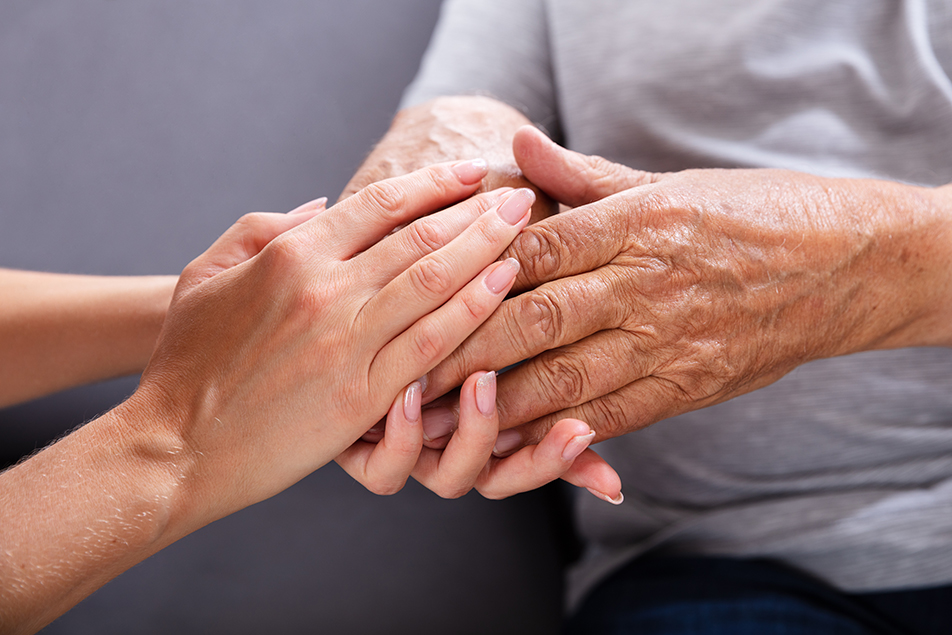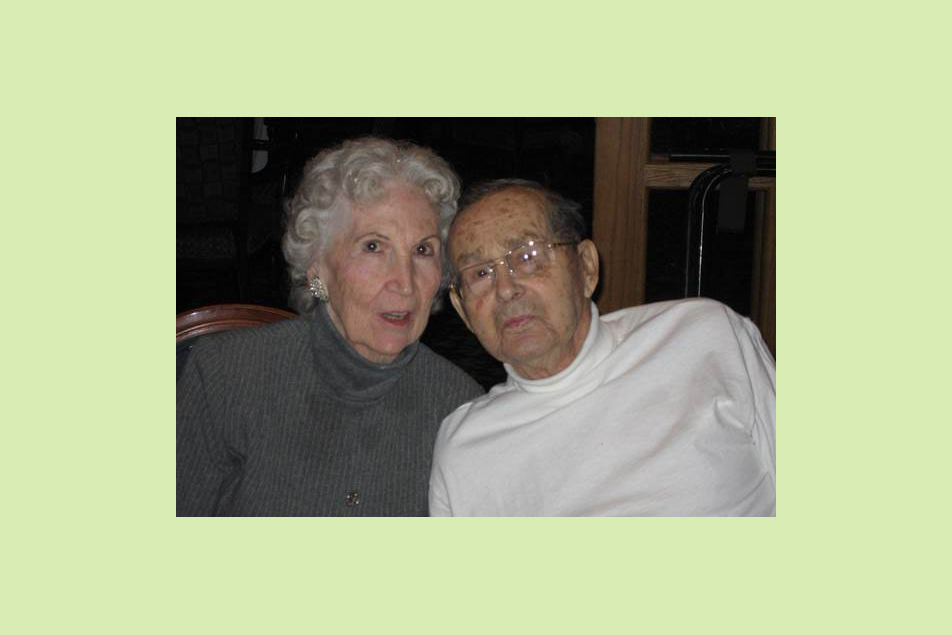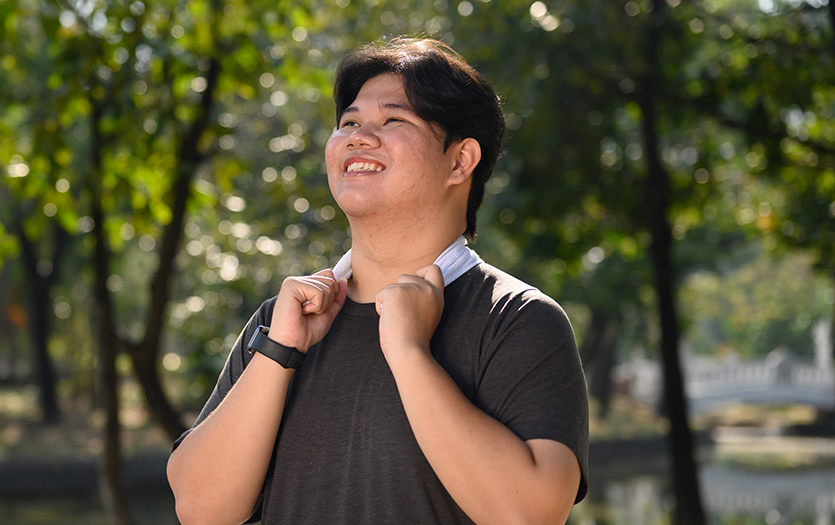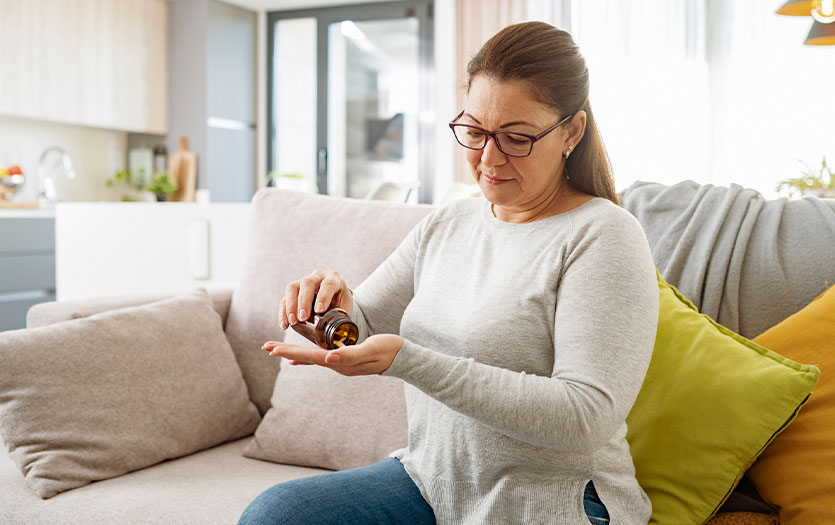
There are several common misconceptions regarding hospice and its purpose. Many believe hospice is only for the last few days or weeks of life when, in reality, it provides so much more. Hospice care is specifically designed to improve the quality of life while helping the patient and their loved ones make the most of the time they have left. Rhonda Allen, a Home Health & Hospice liaison for Parkview Health, shared her personal experience with the service, the comfort it provided her father-in-law and the profound impact it had on their family.
More than just a patient
Sylvester Allen was a quiet man who loved to sit back and listen. Everyone called him chummy because that’s what he was. He never met a stranger. He was everyone's friend. He was very conversant and could talk about anything, but he was also content with observing and listening too.
Eventually, he married the love of his life, Juanita. They shared 71 years together and raised three beautiful sons. At ages 96 and 87, Sylvester and Juanita still lived in their own home. They were happy and ridiculously independent with a love for life and their family.
Hard decisions
For the most part, Sylvester was a healthy man, but in his late 80s he started having some heart issues and had to have stents placed. Then, in his mid-90s, he had several emergency room visits pretty close together. It was then that Rhonda realized the window for fixing anything was closing. Because of her time working in hospice, she knew the criteria for certain diagnoses. With this in mind, Rhonda decided to speak with her father-in-law’s cardiologist. She asked questions about his heart disease and what his doctor’s thoughts were moving forward. His doctor agreed, he was declining in health and his condition wasn’t improving. He felt he met the criteria for hospice.
Rhonda decided to broach the subject and have a conversation with her mother-in-law, being very careful not to mention the “H” word. Being accustomed to the way hospice is perceived and what it meant for many people, Rhonda was very sensitive to the situation, especially knowing it was her own family this time. Juanita, Rhonda’s mother-in-law, was fearful of hospice and what it would do to her husband because, in her mind, it meant giving up.
Through a fair amount of education, Rhonda helped her family understand. Sylvester and Juanita agreed to let the hospice team come and speak with them. They explained what it would look like, how it would work as far as making life easier for them, and ultimately, decided to admit him after that initial visit.
Sylvester and Juanita still lived in their own home, and maintained the property themselves. As her husband’s primary caregiver, Juanita was managing everything. Sadly, the week of Thanksgiving, Rhonda’s mother-in-law suffered a massive stroke, mere months into Sylvester’s hospice journey. Knowing he had to help his wife, Sylvester walked across the street to a neighbor’s house because he couldn't remember how to dial 911. They brought Juanita to the hospital, but she passed away a few days later. Within a week, Rhonda and Mark had moved Sylvester into their home and provided him with in-home hospice care.
Sylvester didn't want to leave his home, but Rhonda, her husband Mark and his brothers had a family meeting the day of their mother’s funeral and agreed the current situation wasn’t working for anyone, especially their father. That’s when Rhonda and Mark introduced the idea of bringing Sylvester into their home. Rhonda went upstairs to speak with her father-in-law. She knelt beside his recliner to discuss the plan.
“Dad, I want to ask you something,” she said. “I think it might be a good time for you to come and spend some time with Mark and me at our house. I know you don't want to leave your home, but I think we could do a better job of caring for you if we had you at our house. We’ll try it for a couple weeks, if you don't like it and want to go back home, we’ll make it happen.” He agreed to give it a try.

Silver linings
Their hope, like many families dealing with a similar situation, was that they made the right choice. When Sylvester first came to live with Rhonda and Mark, they weren’t sure what they were going to do. They didn't have every hour covered during the day and needed someone there. Luckily, with the help of the hospice team, they were able to set up a schedule and create a personalized care plan for her father-in-law. Thanks to the home health aides, a private pay caregiver and volunteers, the Allen family was able to fill in the gaps providing Sylvester with quality care, companionship and support.
With love and surprise in her voice, Rhonda recalled what a blessing hospice, the nurses, the home health aides and volunteers were to her family and father-in-law by maintaining his health at home. She was grateful for the system and how it supported them every step of the way.
“My father-in-law was an unusual case. He was on hospice much longer than we all thought he would be. It's typically six months or less when diagnosed with a terminal illness,” Rhonda said. “But he thrived. I think he lived longer because of the stressors we took out of his life. You don't always get that. Sometimes you have days or weeks, but we were really blessed.”
As she reflected on her experience, Rhonda realized they were able to initiate things earlier than normal for her father-in-law because there was no crisis. He had advanced disease and was clear on what he didn't want to do. He simply wanted to be comfortable.
“I have no doubt that he lived longer and with a higher quality of life because we chose hospice. In some ways, it was lifesaving, as odd as that sounds,” Rhonda shared. “It allowed us to love him a little longer.”
Despite her nursing background and working within the home health and hospice field, Rhonda was grateful for the caregivers, their medical management of the situation and the overall emotional and spiritual support that they provided to her, and the rest of her family.
“Even though I'm a nurse, and I work for hospice, I was also the daughter-in-law and caregiver,” Rhonda said. “They allowed me to be just that and not have to stress or worry so much about being the medical management person. They took that off on my shoulders and allowed me to be a family member. That was huge for me.”
Advice for others
Rhonda explained that she already knew hospice was a wonderful choice for patients and families, even before she experienced it personally. So many people believe choosing hospice hastens death, but in all actuality, it affirms living.
“If you're given a diagnosis, you have options, options for treatment or to choose an entirely different path altogether,” Rhonda encouraged. “When I talk to patients, I can tell when they get to that point of disbelief. That’s when I pull out my card and tell them that I've lived through it, both good and bad days and if home is where you want to be, there are options. Hospice was the best decision for us. It gave us hope and the gift of time.”



